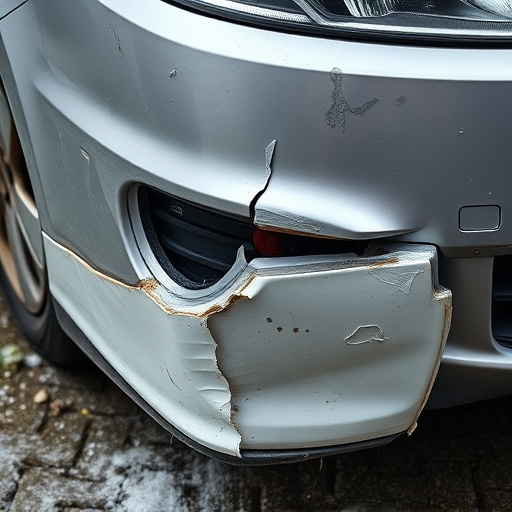Data entry in claims documentation services for auto body shops is a high-risk area due to errors and delays caused by inaccurate recording of vehicle details and repair estimates. Inconsistent documentation formats among insurance companies create fragmentation, increasing error risk for adjusters adapting to different methods. Effective communication is crucial to prevent misunderstandings, delays, and increased costs in complex claims processes like auto body repairs. Standardizing documentation formats and optimizing data entry are vital for enhancing efficiency and accuracy in claims documentation services.
“Uncovering common pitfalls in claims documentation services is essential for minimizing errors and enhancing efficiency. This article delves into the top three areas where mistakes frequently occur, offering valuable insights for professionals in the industry. From data entry inaccuracies caused by rushed or inconsistent processes to the challenges posed by diverse documentation formats, we explore practical solutions. Additionally, we highlight the critical role of communication breakdowns and provide strategies to foster a culture of clear, consistent documentation.”
- Data Entry Errors: The Hidden Pitfalls
- Inconsistent Documentation Formats
- Lack of Communication: A Common Cause
Data Entry Errors: The Hidden Pitfalls

Data entry is a critical yet often overlooked aspect of claims documentation services. Despite the seemingly simple task, this stage in the process can present significant challenges and pitfalls for auto body shops and their customers alike. The vast amount of information required to be accurately recorded—from vehicle details and insurance policies to repair estimates and parts inventory—makes data entry a high-risk area for errors. These mistakes can range from minor typos to more substantial oversights, leading to delays and complications in the claims process.
One common issue arises from the repetitive nature of data entry work, which can cause even experienced professionals to become distracted or fatigued. This may result in incorrect information being entered into a claims documentation system, potentially affecting subsequent stages of the auto body services process. For instance, a wrong vehicle identification number (VIN) recorded during the initial claim submission could lead to parts misidentification when it’s time for dent removal or Mercedes-Benz repair, causing further delays and increasing costs.
Inconsistent Documentation Formats

Inconsistent documentation formats are a significant challenge in claims documentation services, leading to errors and delays. When different departments or individuals within an insurance company use varying methods for recording information, it creates a patchwork of data that’s difficult to unify. This inconsistency can manifest as different templates, terminology, or even digital formats, making it hard for claims adjusters to accurately process claims, especially when dealing with complex cases like car body repair or dent removal.
For instance, while one department might use a standard PDF form for all car restoration claims, another might opt for an online platform specific to dent removal services. This diversity in approaches results in extra work for adjusters who must adapt to each format, increasing the likelihood of errors. Standardizing documentation formats is crucial to ensure efficiency and accuracy in processing claims, ensuring that everyone involved has access to clear, consistent information from start to finish.
Lack of Communication: A Common Cause

In the realm of claims documentation services, one of the most frequent culprits behind errors lies in the absence of adequate communication. When dealing with complex processes such as processing auto body repairs or managing car restoration projects, clear and consistent communication becomes paramount. Often, misunderstandings arise due to vague instructions, misaligned expectations, or a lack of feedback between various stakeholders involved in the claims process – from policyholders to adjusters and repair shops.
This is especially true when handling car damage repairs, where precise documentation is crucial for accurate assessment and timely settlement. Ineffective communication can lead to incorrect information being documented, resulting in delays, increased costs, and dissatisfaction among all parties. To mitigate these issues, claims documentation service providers must prioritize open lines of communication, ensuring everyone involved has a clear understanding of procedures, deadlines, and responsibilities.
In navigating the complexities of a claims documentation service, it’s evident that errors can stem from various sources. Data entry mistakes, inconsistent formatting, and lack of communication are prevalent pitfalls that can be addressed through meticulous processes, standardized templates, and open dialogue among stakeholders. By understanding and mitigating these issues, organizations can enhance the accuracy and efficiency of their claims handling, ultimately improving customer satisfaction and operational integrity.














